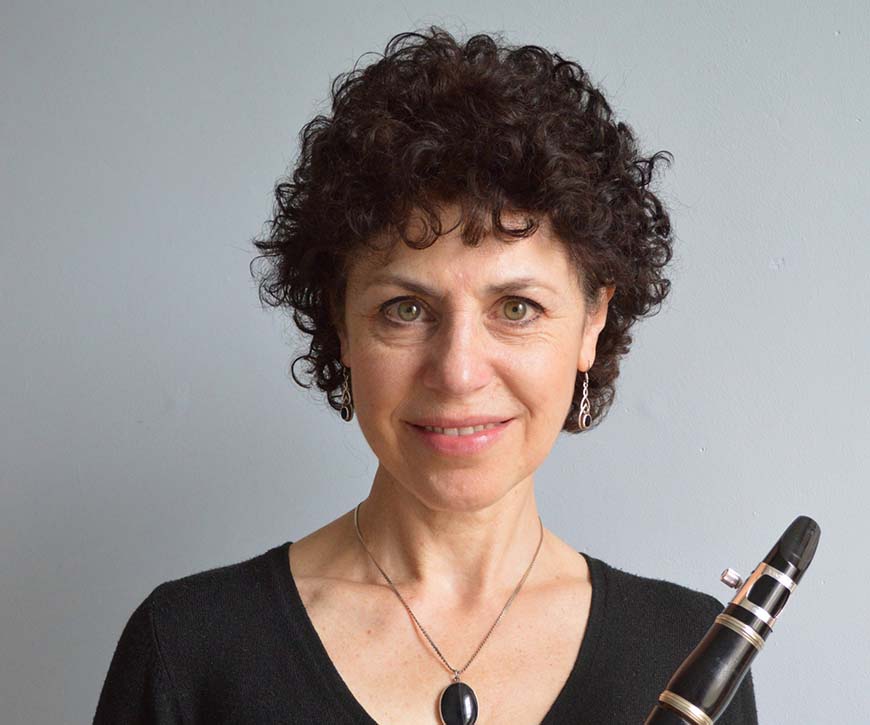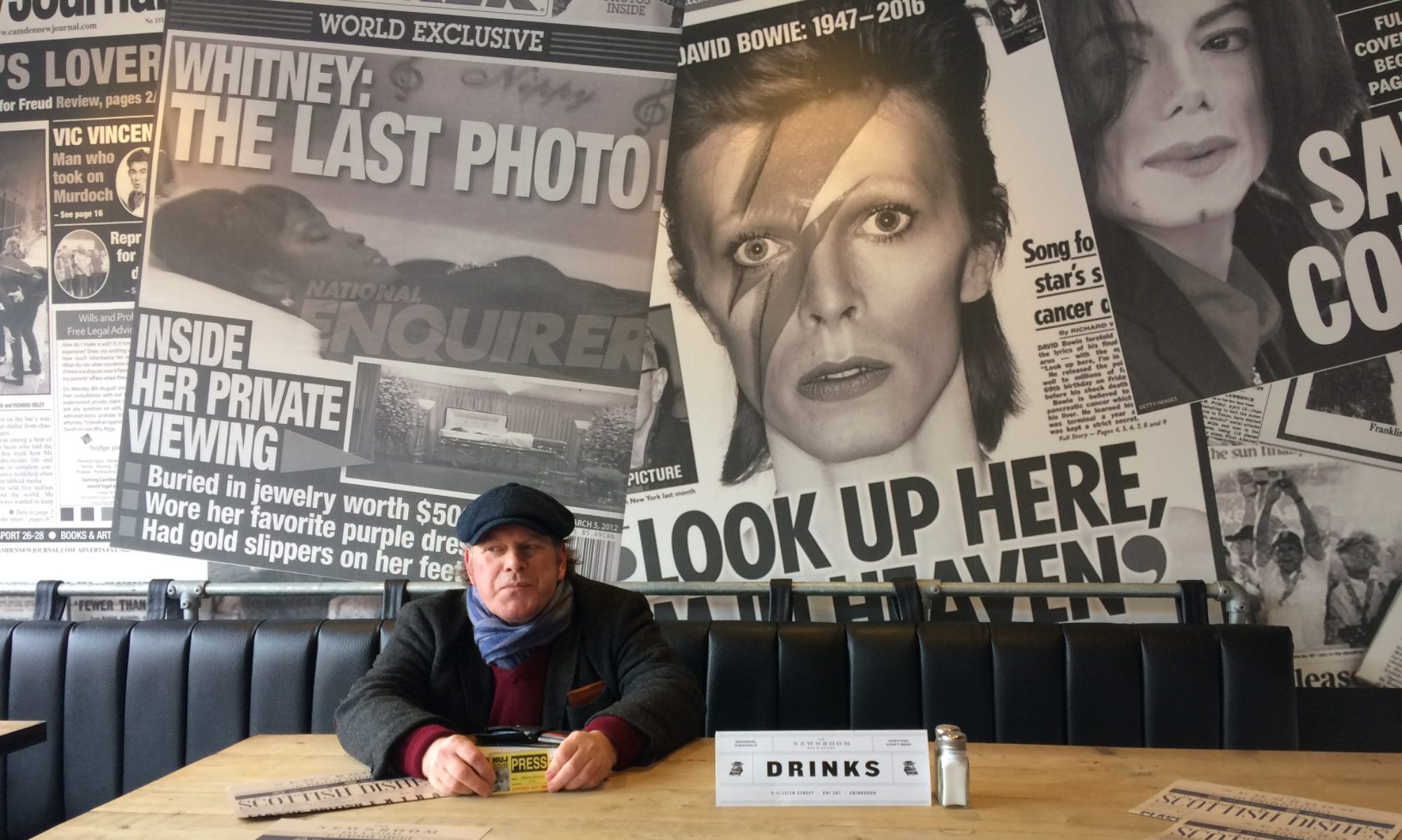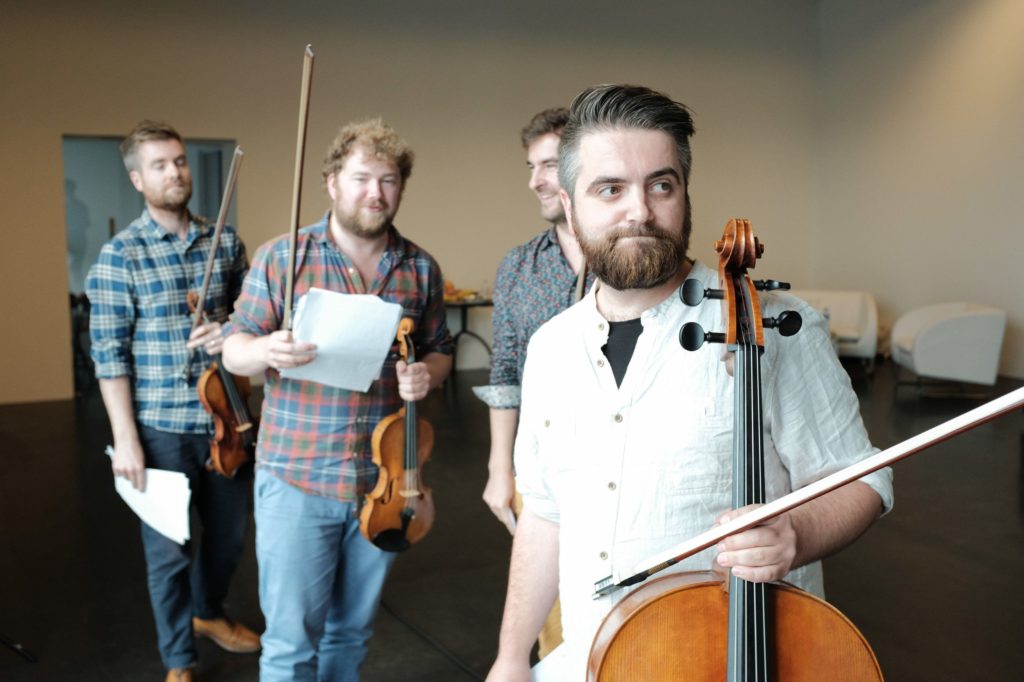
TOO rarely do we get the chance to hear and acknowledge the professional musicians living in our midst.
The clarinettist Lesley Schatzberger has played internationally with several distinguished orchestras and ensembles, but makes her home in York. She also spearheads Amabile, whose other members are pianist Paul Nicholson – like her, a University of York graduate – and cellist Nicola Tait Baxter. All three have enjoyed successful solo careers.
Not all soloists coalesce easily into chamber music. This British Music Society concert proved otherwise, with works by Shostakovich and York composer Steve Crowther framed by trios from Clara Schumann and Brahms.
Clara’s Piano Trio in G minor, her first chamber piece, is widely regarded as her finest achievement. Its violin part converts easily for the clarinet. Immediately there was lovely shading, as the voices ducked in and out of the texture.
The skittish scherzo has an attractive cello melody in its trio section which Tait Baxter relished. The centre of the Andante was aptly nervy and the spicy fugue shone out of the finale. Best of all, the players did not attempt to press Clara’s cause; they allowed the score to unfold naturally.
The mellow music of Brahms’s last decade regularly relies on the clarinet and Schatzberger’s smoothly fluent tone brought a perfect touch of velvet to his Clarinet Trio in A minor. The ebb and flow in the broad sweeps of the opening typified Romantic yearning.
Eloquent cello led the way in the slow movement. In the lilting scherzo-substitute that follows, Nicholson’s piano backing was a model of restraint. Yet in the finale, after the pause, he re-electrified the momentum for a dramatic finish.
Steve Crowther’s Morris Dances (2012) are a theme and 11 variations, originally for piano solo, dedicated to Philip Morris. In the last two years he has orchestrated six of them for clarinet trio.
They remain delightful cameos of friends and family but have here gained in colour. They always had a tendency to minimalism, but their emotional range is wide, from nervous energy and angry argument to hesitancy and nostalgia. The trio seemed to enjoy them as much as the audience.
Tait Baxter had tackled Shostakovich’s only cello sonata with a laser focus. Thrown straight into the fray by the frenetic opening, she yet found a proper moodiness for its second theme. There was wry humour to follow, another allegro that is essentially a literal ‘scherzo’ (joke). One had to marvel at the sotto voce ending to the slow movement.
She and Nicholson were alive, too, to the martial connotations of the finale’s scatty melody. Indeed he was a tower of strength throughout, never pushy, but always urging.
Amabile is a trio of experts brilliantly submerging their solo instincts to make much more than the sum of their parts.
Review by Martin Dreyer

